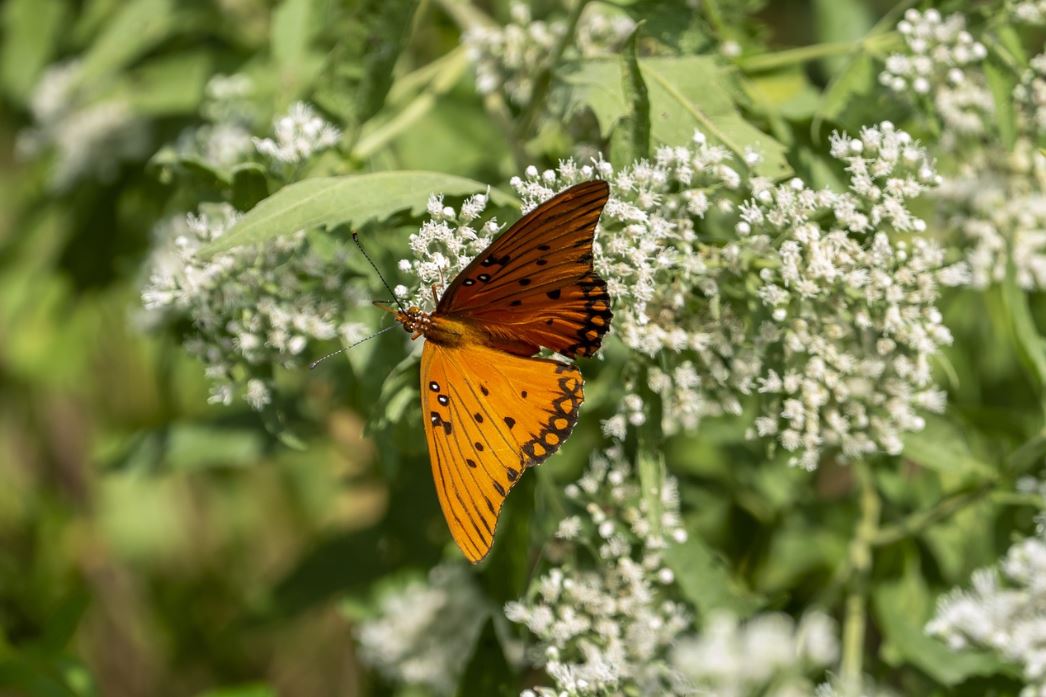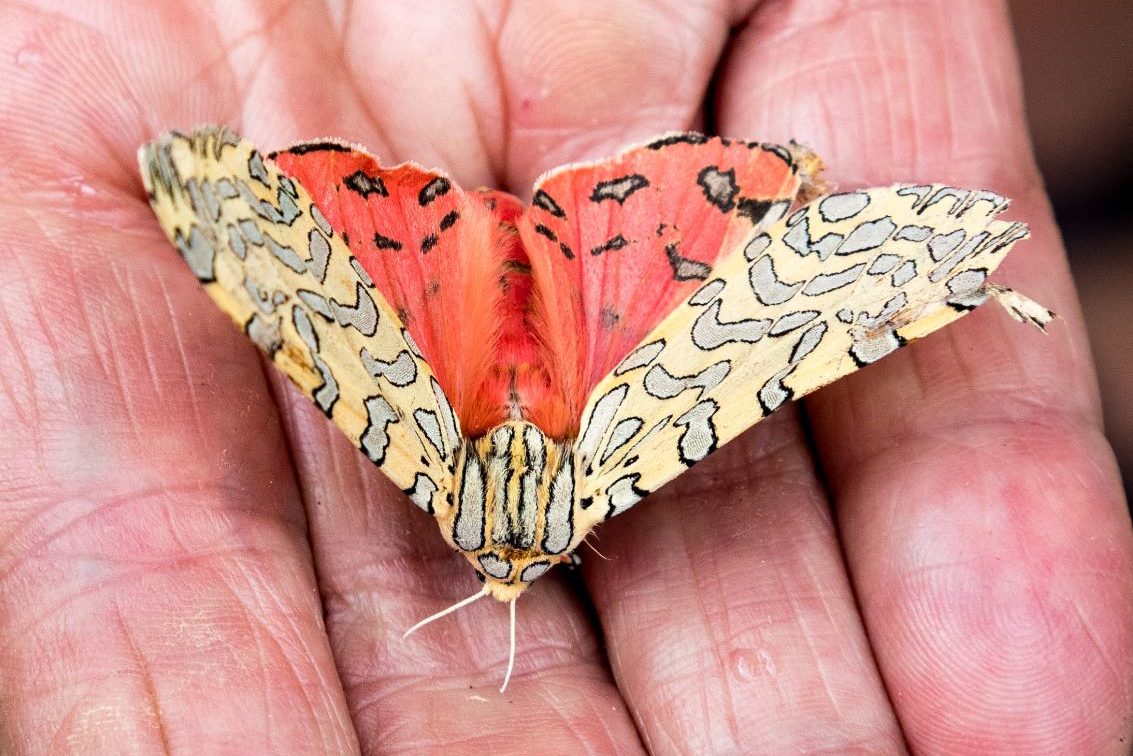by SLCgreen Intern Emma Johnson

Pollinator Week is an annual celebration of the essential pollination services that bees, birds, bats, butterflies, and other insects provide. Pollination services are vital for agricultural success, general biodiversity, and overall ecosystem health. Pollinator numbers, especially insects, have been drastically falling for the past several decades. There is so much we can do to support our pollinators, but the first step is increasing awareness. Here is some information about pollinators in Utah and what you can do to help them:
The Solitary Bee

In Utah, we revere bees as a symbol of community cooperation, but the state is also home to over 900 species of solitary bees, including mason bees, sweat bees, and leafcutter bees. While honeybees may be the most well-known pollinating insect, these other types of bees are crucial to the ecosystem. Solitary bees can be up to three times more efficient with pollen distribution than honeybees. During their roughly one-year lifespan, each female solitary bee constructs her own nest, complete with separate chambers, to lay a few eggs in. This quiet existence starkly contrasts the complex social hive structure demonstrated by honeybees and bumblebees.
The singular lifestyle of native bees has allowed for great species diversity and specialization when pollinating, but it also makes these bees more susceptible to habitat loss and other stressors. While honeybees are often supported by a beekeeper providing them a home and care, solitary bees nest in holes in the ground or existing wooden structures, which can be hard to come by.
To support native solitary bees, you can help create nesting spaces by leaving an old dead stump in the corner of your yard, having a pile of leaves and brush, or planting raspberries and other shrubs with hollow or pithy stems. Bee houses can also be purchased or made, incorporating clusters of hollow tubes for cavity-nesting bees to lay eggs in.
Not Interested in the Solitary Life? Bumblebees and honeybees both live in interconnected colonies. If you want to see more bumblebees in your yard, you can plant early blooming flowers, leave some areas of your yard for wild space, and consider adding a water source to your landscape. Because of their massive popularity in agriculture, honeybees are not in peril of extinction. If you’re interested in joining the beekeeping community, here are some resources for getting started. Before you begin, make sure there aren’t too many hives in your neighborhood already competing with native bees, and be sure to follow SLC’s regulatory guidelines.
Other Insects

A 2015 study estimates 25-50% of all flower visits by pollinators are conducted by non-bees, emphasizing the importance of all pollinators. Butterflies, moths, flies, and wasps are all incidental pollinators; this means they don’t intentionally seek out the pollen on flowers, but as they go around collecting nectar, some pollination occurs. Butterflies and moths’ beautiful colors make them easy to rally around for conservation. While people feel understandably less motivated to protect wasps, it’s important to note that only a small portion of wasp species are aggressive. Solitary wasps rarely attack humans, and only the females have stingers across all wasp and bee species. Beetles eat the pollen from flowers, have incredible species diversity, and were probably some of the very first prehistoric pollinators.
You can support all types of insect pollinators by increasing plant diversity and aiming to have different flowers blooming all season long. And if you’re still apprehensive about the idea of wasps, here are some natural repellent tips to consider instead of pesticides.
Birds and Bats

Birds help to pollinate many types of flowers throughout the world. In the western United States, hummingbirds are the most common bird pollinators, and they generally service long-tubed flowers with brightly colored petals and lots of nectar. Bats are unique because they visit flowers at night, unlike most other pollinators. In tropical desert climates, bats use echolocation and specific odors to find flowers with tasty nectar (or tasty bugs) to feed on. Bats are not very active pollinators in Salt Lake’s often cold climate, but they are vital in many other places, including Saint George and surrounding areas.
If you want to attract more avian pollinators in your yard, plant tubular flowers such as lupine, columbine, penstemon, and honeysuckle.
Taking Action
Utah has many kinds of pollinators, which are vital to all our plants and ecosystems. These pollinators, whether bees, birds, or beetles, need our help. The three most significant ways you can support them are to minimize the use of pesticides, plant native flowers, and leave parts of your yard to grow wild. If you’re interested in doing more, check out the Utah Pollinator Pursuit or the Utah Pollinator Habitat Program for additional resources, and read specific SLCGreen blogposts for more ideas.
